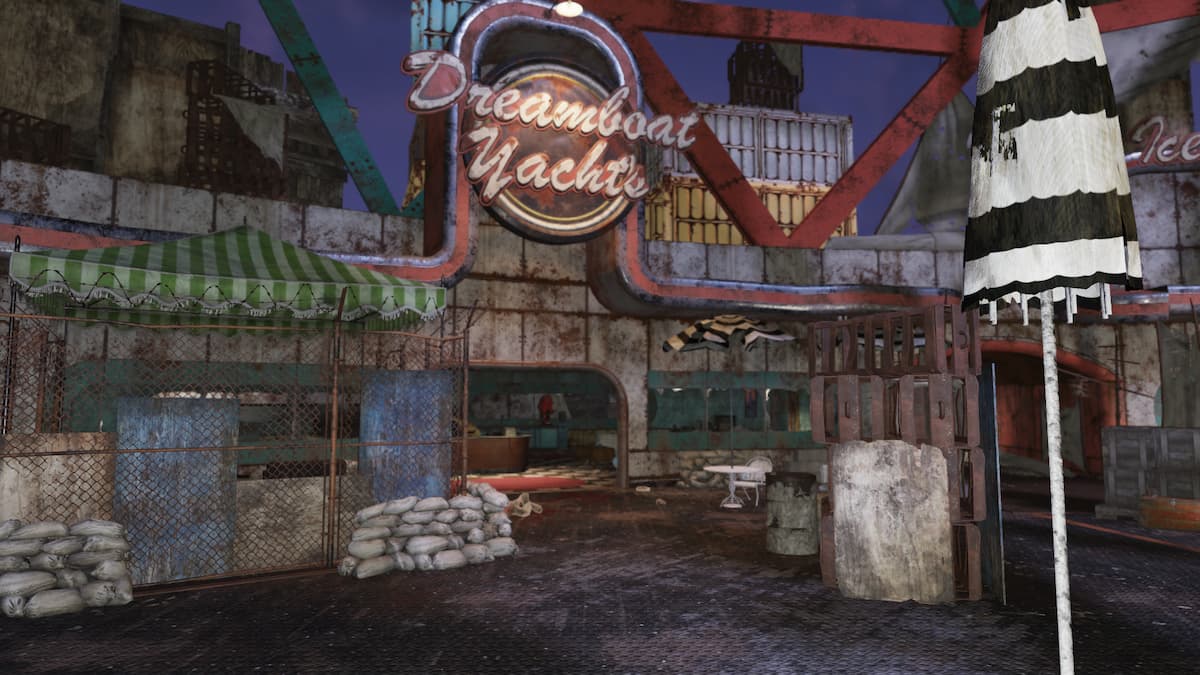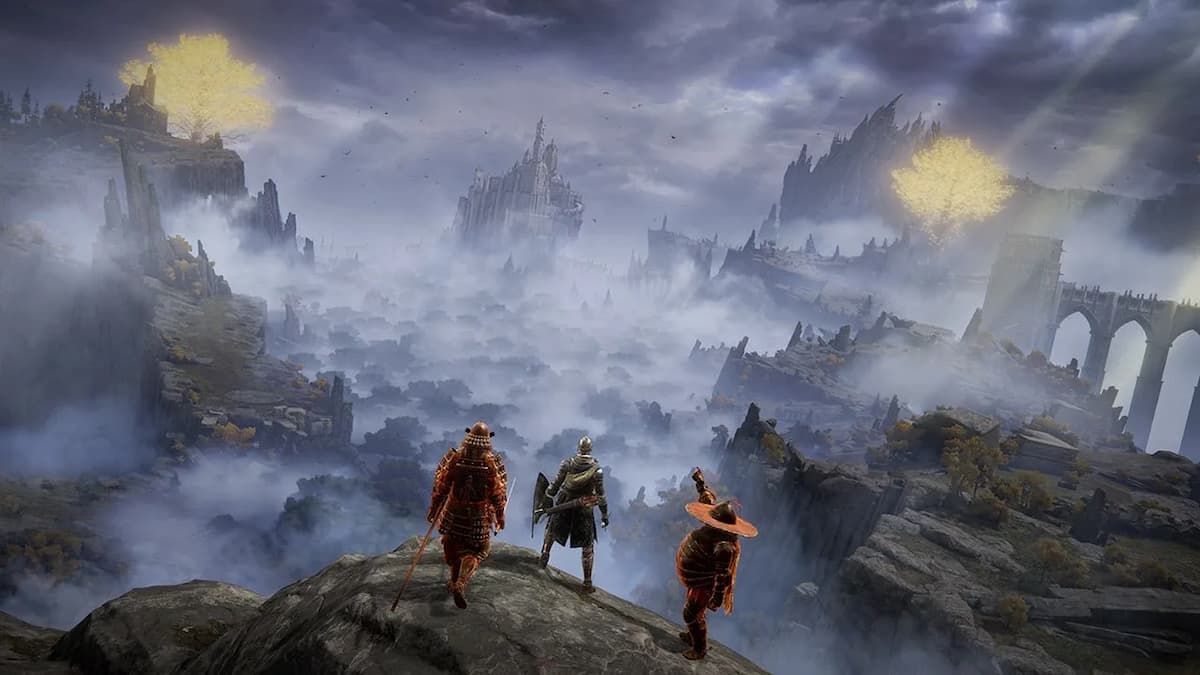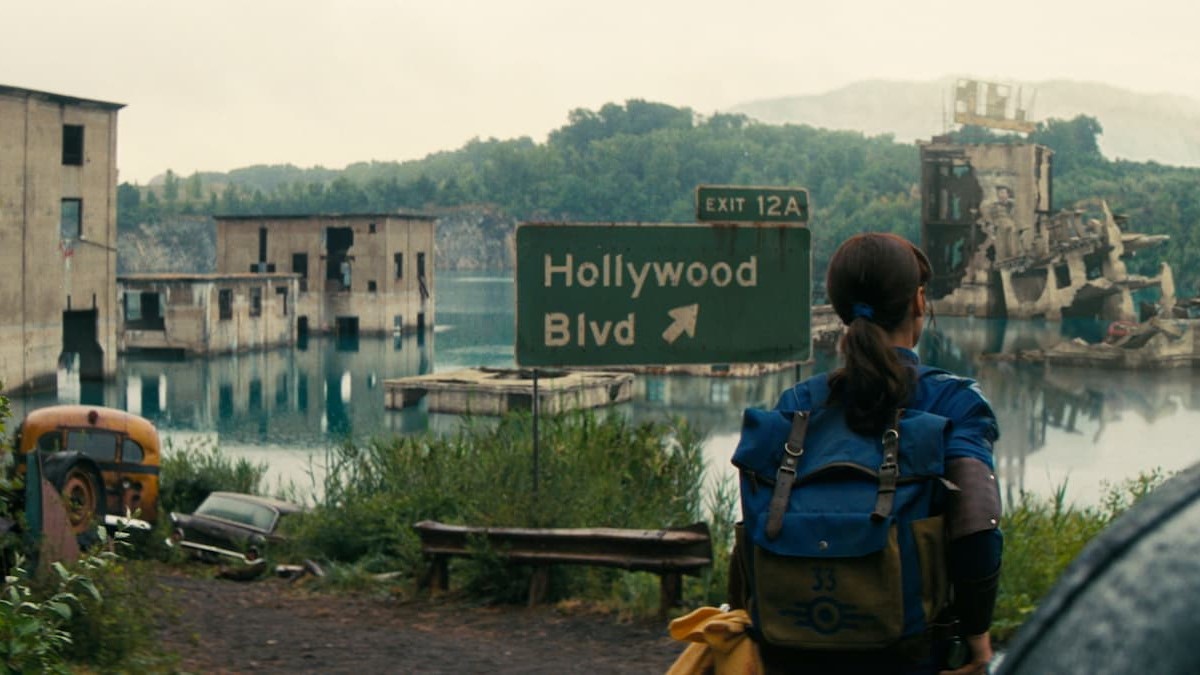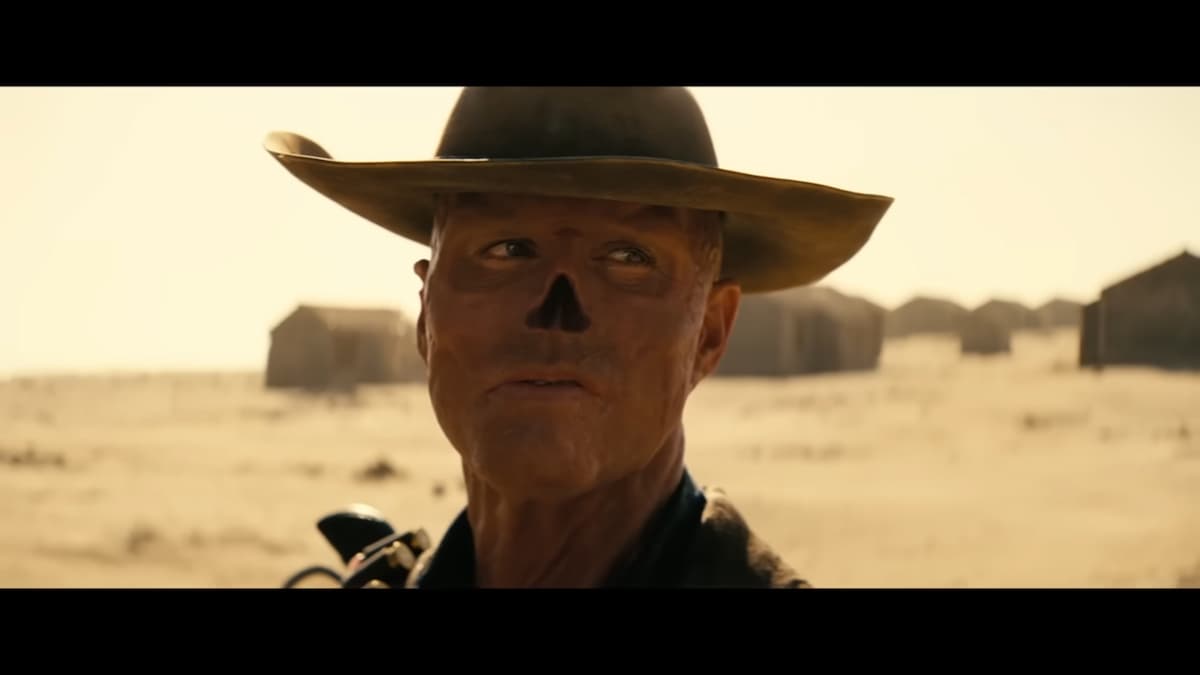Whenever you ask somebody what the definite Japanese roleplaying game of the 16 bit era is, people either say Chrono Trigger or Final Fantasy VI. There are some gamers who would argue that Earthbound is actually the best title of its class, but I feel that those people are a bit fewer in number. Generally the answer is either Chrono Trigger or Final Fantasy VI. That fact raises other questions, though. Why is it that people favor Squaresoft’s workings during the mid 90’s and why do gamers seem to be so equally divided into those two camps?
First of all, Squaresoft was pretty much the company to be 20 years ago.
Nearly everything the Japanese studio did back then was gold, and that’s true in the case of both of the games I want to discuss in this article. The reason those titles in particular seem to receive the most love, is that they were released late into the Super Nintendo’s life span. This allowed the developers to take advantage of all the experience they had accumulated up to that point.
As a result, both Chrono Trigger and Final Fantasy VI are superior to their predecessors in a number of areas, albeit in different ways. They follow the traditional JRPG formula of visiting towns, talking to people, going to dungeons, fighting monsters and bosses, gaining levels and finding new equippable items. That’s pretty much what Dragon Quest and the earlier Final Fantasy titles had established way before the 16 bit masterpieces were ever put on paper. However, the ’94 and ’95 games expanded on that principle – each in their own way.
A game ahead of its time
Let me talk about Chrono Trigger first. What sets this game apart from all the rest is the way it innovates in a number of areas. The most obvious observation is of course that there are no random encounters. You don’t suddenly transition from dungeons, forests or deserts to the battle screen randomly. Instead, you can see enemies way ahead of time.
You can chose to walk around them or to engage combat.
Of course there are some battles that are impossible to avoid. Sometimes enemies just jump out of bushes and attack you. However, those aren’t random encounters either. They are scripted and thus can be predicted in many instances. No matter how you look at it, there are no randomly occurring battles in the game. I feel that this takes out a lot of the tedious nature of the genre. Don’t get me wrong, I love Japanese roleplaying games, but sometimes they can be a bit ropy. JRPGs are not the type of video games that you can just put into the console and start playing for an hour or two before you get on with your life. You really need to devote time and energy into those kinds of experiences.
Sometimes there are areas where you have to grind for a while, and honestly, it can be a bit dry. Chrono Trigger however, does its best to take out a lot of that tedious nature of the genre by not having any random encounters. It may not sound like much, but knowing exactly when you are about to engage in combat is a huge difference.
Chrono Trigger immensely innovates in another area as well, and that is the linear story-telling that japanese roleplaying games are usually prone to. From a certain point on, the game opens up and becomes a very non-linear experience. There are areas that can be visited in different sequences, areas that you don’t even have to visit and a final boss, that can be fought on a number of occasions.
This idea is something that even today’s games like Mass Effect 3 – basically all the big BioWare heavy hitters – are still struggling to implement correctly, and Chrono Trigger played around with it in 1995. The game even breaks the fourth wall to an extent by tailoring some of the details of its story around your gameplay approach. Whether or not it was the first JRPG to successfully implement a non-linear progression system is something unbeknownst to me. But the mere fact that Chrono Trigger did it more than 10 years before the first Mass Effect came out and 8 years before the release of Knights of the Old Republic is a testament to how much the game was ahead of its time.
Perfection through iteration
Final Fantasy VI however is a much more traditional experience when compared to its big competitor. It doesn’t do much new at all, but what it does, it does extremely well. Like Chrono Trigger, it takes the original and traditional JRPG formula, but instead of enriching it with new elements, it perfects it in nearly every aspect.
What you can notice, if you’ve played all the SNES Final Fantasy titles is how the sixth installment takes the strengths of both the fourth and fifth game while eliminating their weaknesses. Whereas Final Fantasy V‘s gameplay was a blast thanks to the rich new version of the job system, it didn’t have too much going for it in the artistic department. The story was among the most streamlined ones in the series and the mere four main characters were rather shallow as well.
Final Fantasy IV was the complete opposite. Its gameplay didn’t transcend the genre’s absolute basics, while the twelve diverse playable characters on the other hand added a lot to the well-told story. With Final Fantasy VI, Squaresoft took the best of both worlds and put them together. The game is a combination of V’s deep and engaging gameplay and IV’s intriguing characters and exciting story. It even raised the bar in the latter aspect with one of the most memorable villains of all time and probably the most lovable characters of any 16 bit game. Of course Nobuo Uematsu’s soundtrack was incredible as well, but that’s also true for Chrono Trigger‘s acoustic design.
The battle
To summarize what I’ve rambled about, both games are similar to an extent, but then again, they are really different as well. Both took the original formula, but then they ended up doing something different with it. Final Fantasy VI pretty much perfected it, where Chrono Trigger enriched it with new gameplay experiences. So when we want to decide which game we prefer, I think a large part of that decision is dependant on how much people prefer that traditional JRPG principle. Younger gamers, who are interested in the genre but don’t have much experience with it and don’t want to take too much of a risk, will probably love Chrono Trigger once they try it out. It’s less tedious and more straightforward as well as modern.
Straightforward is a good keyword, however, since it leads me to the point, that decides the battle for me personally. Even though Chrono Trigger‘s innovative approach was a storm of fresh air in the mid 90’s, I feel like it streamlined the gameplay just a tiny bit too much for me. You learn new abilities through leveling and reaching new areas in the game. And while it’s amazing to combine some of the special moves with a screen-filling Tripple Tech, you really don’t have any freedom in which character you want to teach which ability.
This is something that Final Fantasy VI does extremely well. By assigning summonings to different characters, you can chose what skills you want to learn and who you want them to be tought to. You can really create your own setup and engage battles the way you want to. You know, three healers, two healers or a strong offense with just one, how much you want to rely on black magic, how much you want to have different skills available in combat, those are all things that you can decide as a player, and that’s something that’s hugely important to me.
The verdict
When we compare the two games, we can think about which approach we like better. While I love Chrono Trigger for its progressive nature and for how modern it feels even today, I simply enjoy Final Fantasy VI‘s perfection of the traditional Japanese roleplaying game formula a bit more. A leveling system is important to me, and I want to have freedom in that.
That being said, I can definitely see how Chrono Trigger‘s approach to the character progression system assists the overall idea of making the genre more accessible and venturing into territories, which were almost completely uncharted back in the day. Especially today, with repetitive iterations of games like Madden, Call of Duty or Assassin’s Creed, innovation has become a welcome but rare phenomenon almost completely exclusive to indie developers. In this case, however, in the battle of Chrono Trigger vs Final Fantasy VI, innovation loses just slightly to the perfection of tradition.





